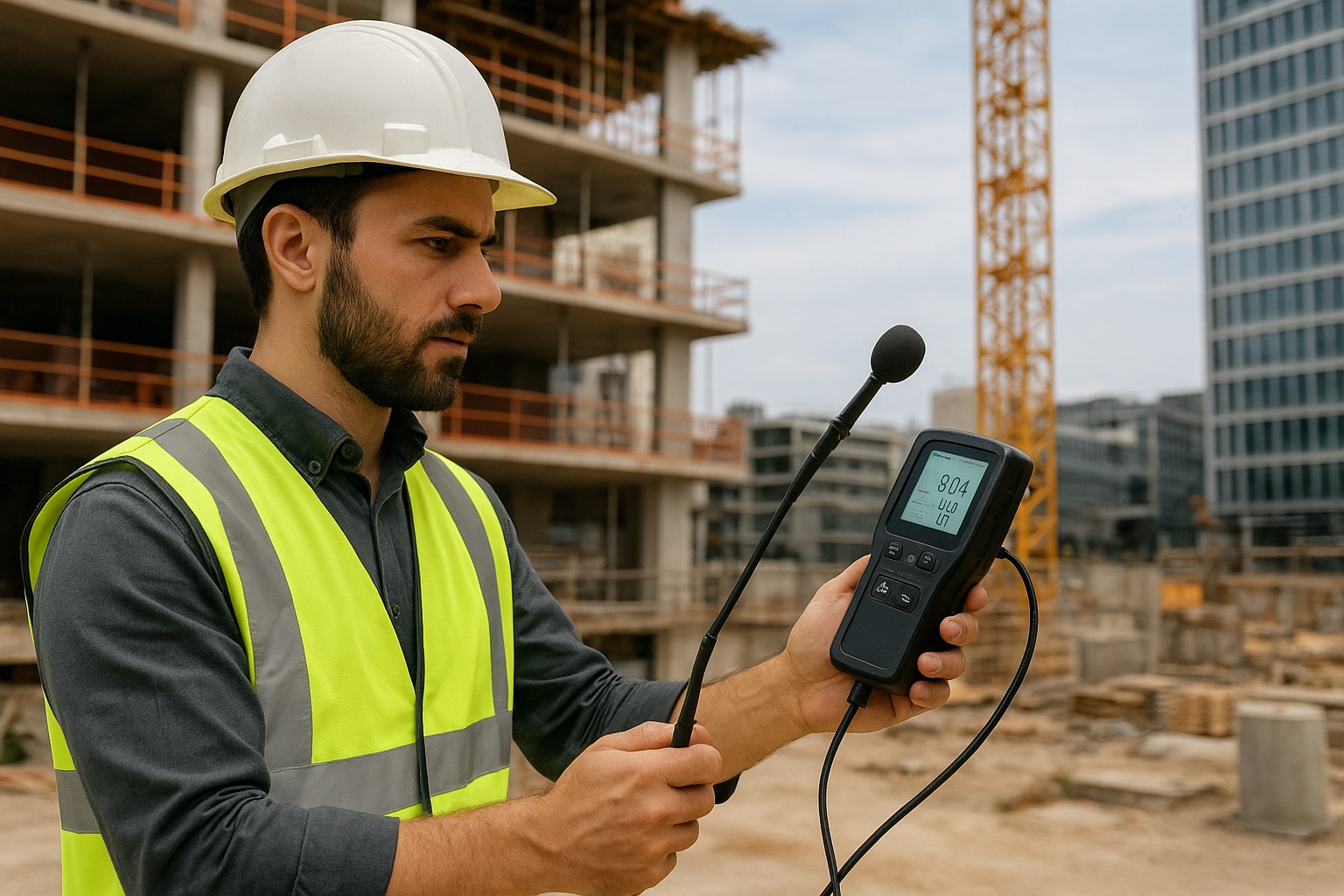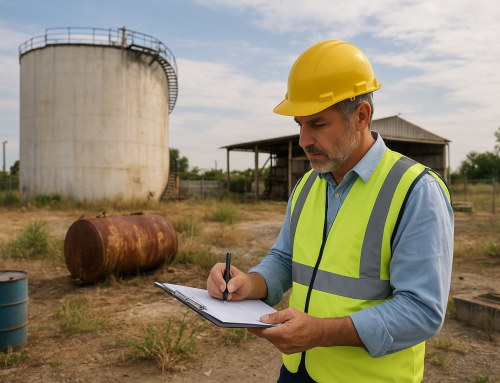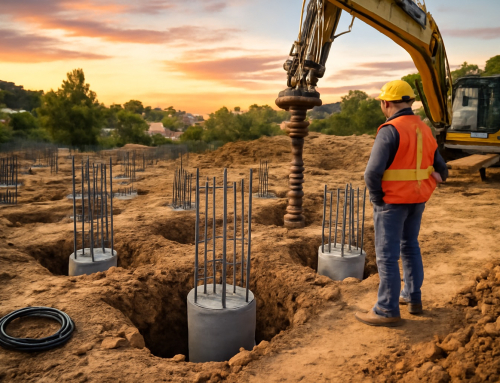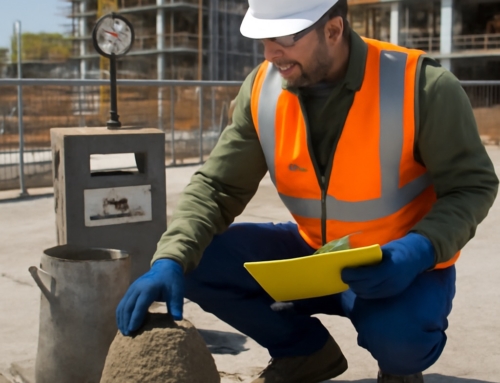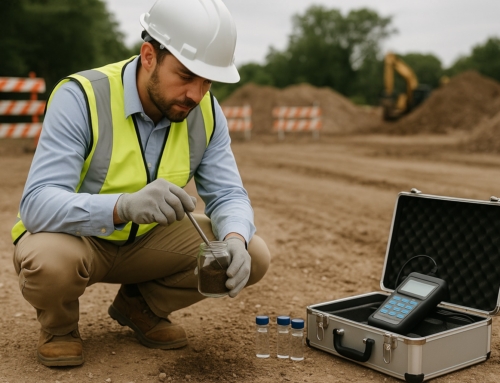The subject of air quality plays a major role in creating sustainable buildings. Modern projects save energy. But sealed designs can trap pollutants. This harms health and the environment.
Green certifications are now common. LEED, WELL and Fitwel are ahead of the pack. Each links air quality to building health.
Indoor air quality, or IAQ, is central. Testing checks for pollutants before people enter. It proves a building is safe and supports environmental goals.
This article explains how air testing works. It covers pollutants, standards, certification credits, and real-world gains.
Why Indoor Air Quality Matters in Green Building
The indoor air is usually poor than the outdoor air. Oxygen-blocking structures are found by tight buildings. Lack of proper ventilation leads to accumulation of pollutants.
It has breathing problems, headaches and tremors. This increases heart conditions and asthma on a long-term basis. Employees can take sick leaves or lose concentration.
Green buildings change that. They are constructed health and comfort wise. Purified air improves the mood, life quality, and productivity.
Strong IAQ also protects investment. Healthy buildings lease faster. Tenants stay longer. Property value grows.
Green Building Standards That Require Air Quality Testing
Green building standards often require air quality testing. Following are the standards.
A. LEED (Leadership in energy and environment design)
LEED provides credits to the Indoor Air Quality Assessment.
- Flush-out: Introduce fresh air into the domestic premises to dissolve the pollutants.
- Air Testing: Sample VOCs, PM2.5, formaldehyde, and CO 2.
Soon after construction, testing occurs before occupancy.
B. WELL Building Standard
WELL focuses on human health. It sets strict limits for pollutants. They include vapor organic compounds, CO, ozone, PM 10 and PM 2.5 as well as radon.
WELL requires active testing. Teams check different zones over several days. This ensures steady performance.
C. Fitwel
Fitwel is flexible. It rewards clean air practices. Credits are given for better filters, ventilation, and testing.
The right inspections prevent project delays and the risky projects or the budgets. Properly framed inspections safeguard schedules, jobs and project budgets. I
Parameters and Pollutants in the Air Quality Testing
Air tests detect dangerous gasses and particles. The sources and risks of each pollutant are the following:
- Formaldehyde: it is present in furniture and flooring. Irritation and cancer risk causes. It is prevalent in offices that have particleboard furniture.
- VOCs: Identity paints and cleaners. customer has trigger headaches and chronic disease. VOC can reach its highest point following the installation of new carpets or new paint.
- PM2.5 and PM10: Dust and smoke. Harm lungs and the heart. PM2.5 can pass deep into the bloodstream. PM10 includes larger dust from construction.
- CO₂: From people and poor airflow. Leads to fatigue and low focus. High CO₂ in classrooms has been linked to lower test scores.
- CO: From cars and appliances. Toxic in high amounts. It is dangerous even within a short period.
- Ozone: From printers or smog. Triggers asthma. Outdoor concentrations of ozone are already high in Southern California. here indoor control would be very critical.
- Radon: Gas which enters buildings in the soil. A leading cause of lung cancer. In California, radon testing is often recommended in new construction.
IAQ testing gives owners hard data. It shows which pollutants exceed safe thresholds. Results help teams target fixes quickly.
Read more to find out Why Every building, bridge, or roadway must follow strict codes.
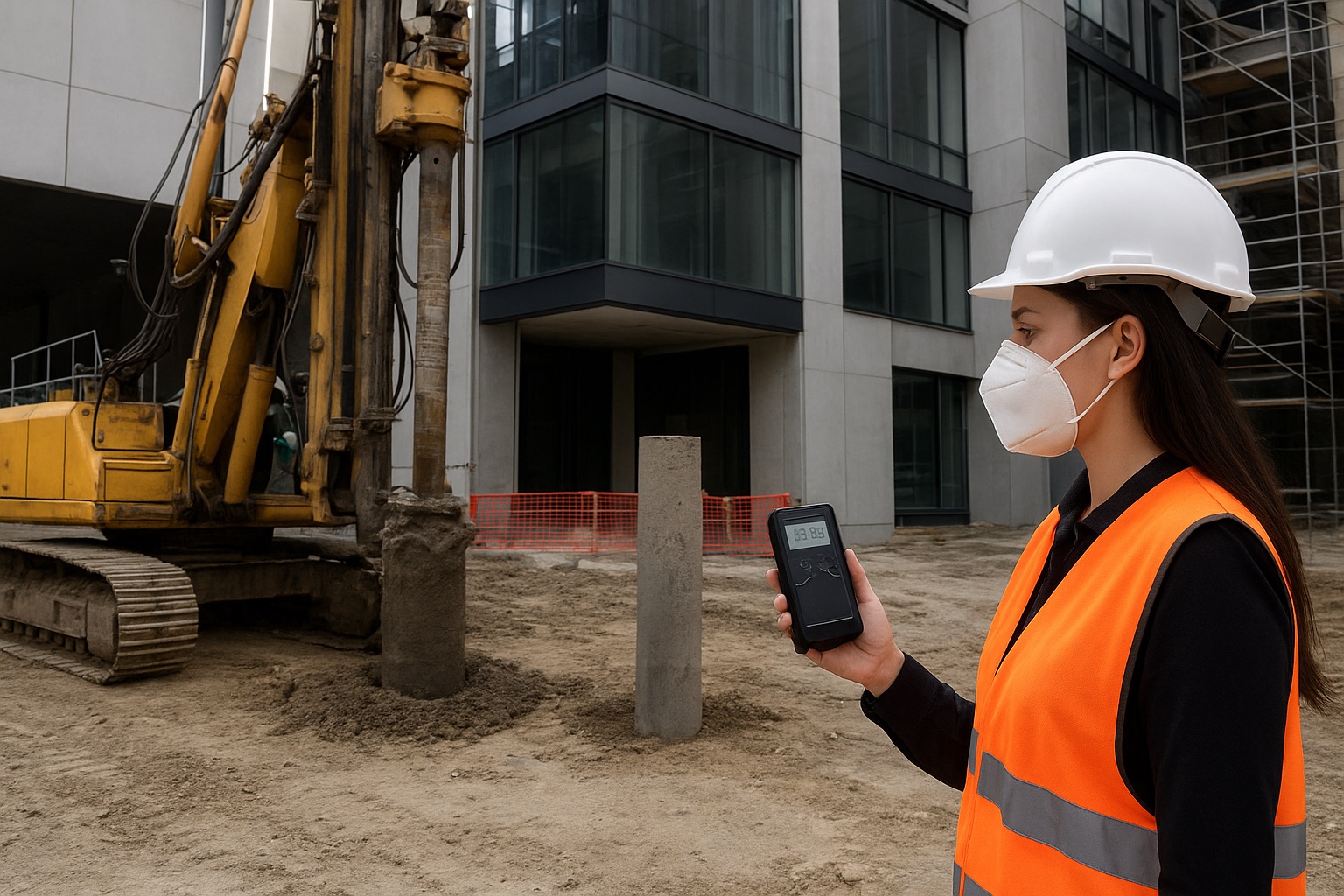
Engineer conducting real-time air quality testing at an active green building construction site.
When Should Air Quality Testing Be Conducted?
Testing of air quality should be done once the construction is over yet before occupancy. This is the period at which building materials emit the highest level of pollutants.
It is by testing that it is presented as safe, before individuals can inhabit them. There are programs which require the re-tests, as well. Checks can be made on a regular basis say after every season, quarter.
Periodic examinations guarantee a stable condition in the long run. It develops the trust amongst tenants, workers and parents as well. The samples will have to include several levels and locations.
All the offices, lobbies, even garages are tried. The results of various zones may vary. To pass over parts will lead to overlooking any submerged issues.
The IAQ is also recommended by the authorities in California, including Los Angeles County Department of Public Health. It offers regular fixation that occurs in schools and open frameworks.
This protects the children and the aged or any other characters in need. This insures the elderly and children among other vulnerable populations. Hospital, library and community center testing is highly recommendable.
Air Quality Testing Methods and Equipment
Several tools are used in testing:
- Passive sampling: Small tubes absorb gases. Labs then test them. This method is low-cost and easy to deploy.
- Active sampling: Pumps pull air through filters. Results are precise but more complex. Often used for certification-level accuracy.
- Real-time monitors: Devices show instant readings of CO₂, VOCs, or PM. These are useful during construction to guide quick fixes.
- EPA methods: Like TO-15 for VOCs. Recognized and reliable. This method captures hundreds of VOCs with accuracy.
- Continuous monitors: Needed for WELL. Provide 24/7 data. These systems help facility teams adjust ventilation in real time.
Testing equipment is advancing fast. Portable monitors now connect with cloud dashboards. Building managers can watch IAQ data live. In cities like Los Angeles, this supports compliance with local health codes.
How Testing Contributes to Certification Points
IAQ testing is used to promote the greater certification levels:
- LEED: Clean air or flush-out credit.
- WELL: Marks toward rigid pollutant limits.
- Fitwel: Filters, ventilation and testing recognition.
High scores on IAQ may achieve a project up to Gold or Platinum. Testing also builds trust. It demonstrates the support of assertions against the health and safety.
This information is also useful for ESG reports. Tenants and investors desire to have evidence of backyards made safe. The transparency is as a result of testing.
These reports support green leases, sustainability awards as well as corporate disclosures. Clean air turns to be a competitive edge of the marketplace. It draws customers, employees and investments. It increases the visibility of buildings in the crowded cities.
Mitigation Strategies to Improve Air Quality
Not all projects pass the first test. However, fixes are quite simple and cost-effective:
- Pick low-VOC materials certified by GreenGuard or FloorScore. For example, many California schools now require such flooring.
- Use MERV 13 or higher HVAC filters. These are standard in Los Angeles green projects.
- Do a flush-out to clear new construction dust. This is common before LEED inspections.
- Seal sources of pollution like boiler rooms or garages. In mixed-use projects, sealing parking areas protects residents.
- Add air purifiers and bring in more outdoor air. Portable HEPA units are now used in offices after wildfires.
Each strategy reduces risk. Together, they ensure buildings meet certification thresholds.
Real-World Benefits of Including Air Quality in Certification
Clean air pays off. Benefits go beyond certification:
- Health: Workers get sick less often. Productivity improves. A Harvard study found that better IAQ boosts cognitive function by 61%.
- Value: Green buildings attract tenants and sell faster. Certified properties are also sold at a high rent in Los Angeles.
- Comfort: Reduced complaints on smells and headache. This reduces management costs.
- Sustainability: IAQ results support ESG reports. Public companies now highlight IAQ in annual disclosures.
- Investment: Strong IAQ boosts long-term property value. Investors see healthy buildings as safer assets.
California projects benefit even more. Agencies like LADBS support IAQ standards as part of local safety codes. Owners who align with these rules protect both tenants and long-term profits.
Conclusion
Air testing is vital in green building. It defends people and enhances sustainability assertions.
Good IAQ is rewarded by certification schemes such as the LEED, the WELL and the Fitwel. But the biggest gains are for health, reputation, and value.
Testing should be planned from the start. Certified experts and approved labs provide reliable data.
In California, developers should check local guides. Resources like the California Geological Survey, LADBS, and Caltrans support safe design.
Clean air is not just a credit. It is a long-term investment in health and success.
F.A.Q.s
1. What are the top pollutants tested in LEED and WELL?
Formaldehyde, VOCs, PM2.5, CO₂, CO, ozone, and radon. These are linked to major health risks.
2. How long does air testing take?
Post-construction tests last a few days. WELL requires longer monitoring across zones. Some continuous monitors run year-round.
3. Do California projects face strict IAQ rules?
Yes. Agencies like LADBS and Cal/OSHA enforce strict IAQ standards. Schools, offices, and hospitals often face added requirements.
4. Can bad test results block certification?
Yes. Projects must fix problems and repeat tests before credits are awarded. Flush-outs, filter upgrades, or sealing often solve the issues.
5. Is IAQ testing worth it?
Yes. It protects health, boosts property value, and strengthens ESG performance. Tenants and investors now expect proof of clean air.
6. How often should buildings retest air quality?
At least once after construction. Many experts recommend seasonal reviews. In wildfire-prone areas of California, annual testing is now common.
7. Who performs certified testing?
Accredited labs and certified IAQ professionals. In California, many firms are licensed under state environmental health guidelines.
Build with knowledge. Build with confidence. Build smart from the ground up.


